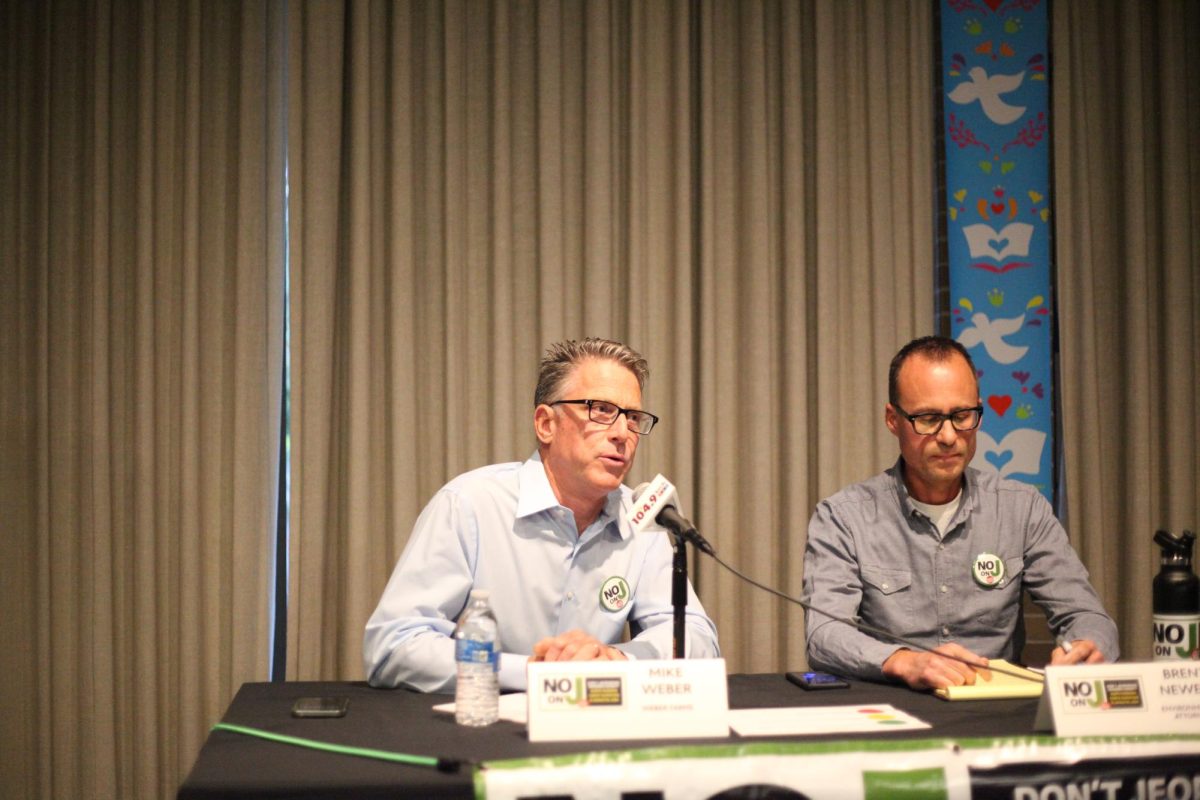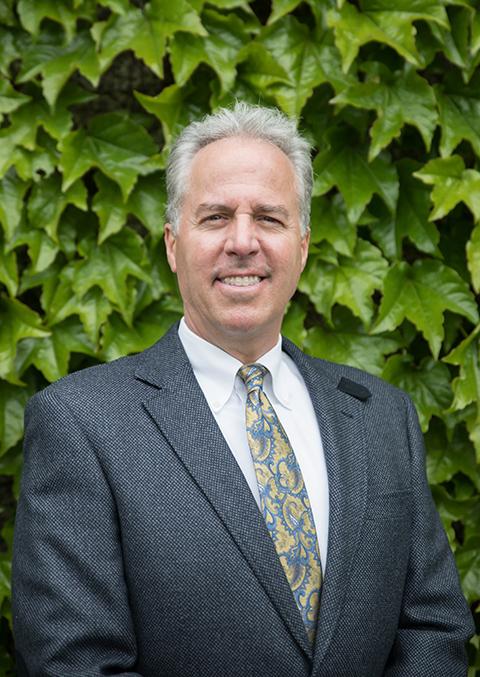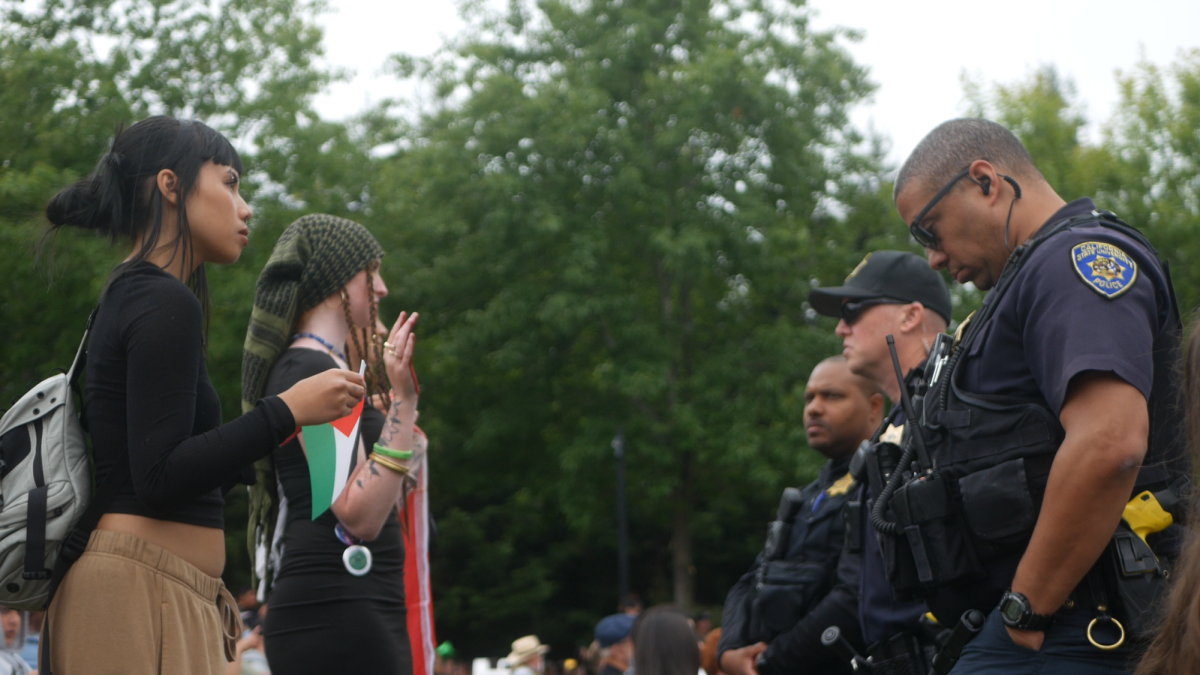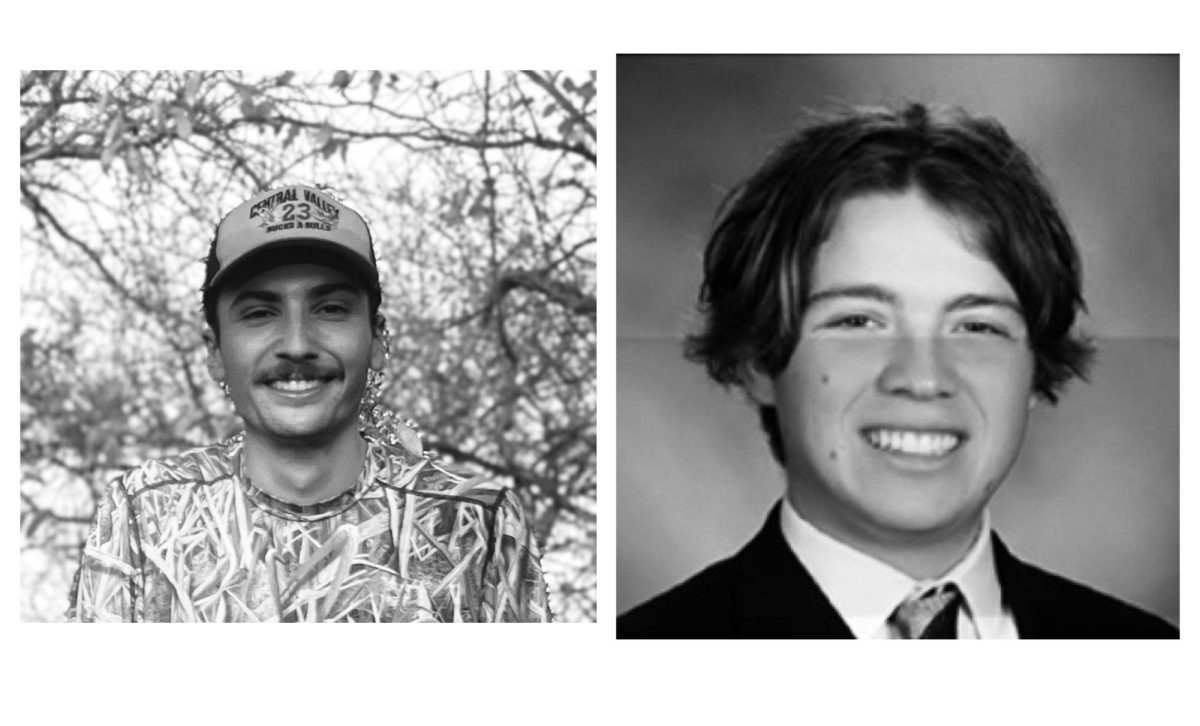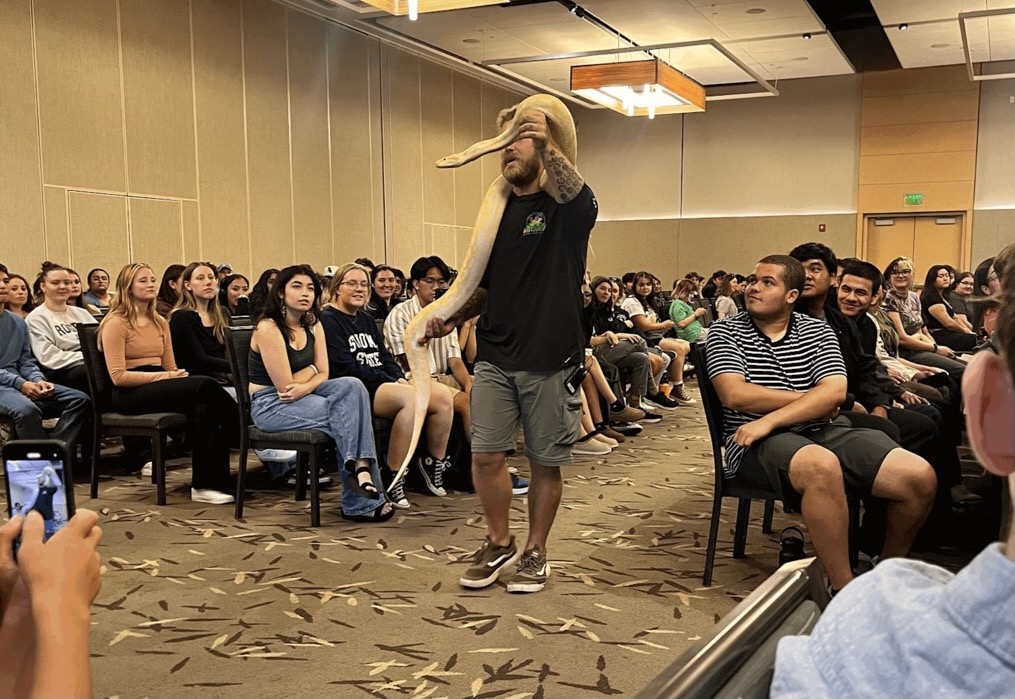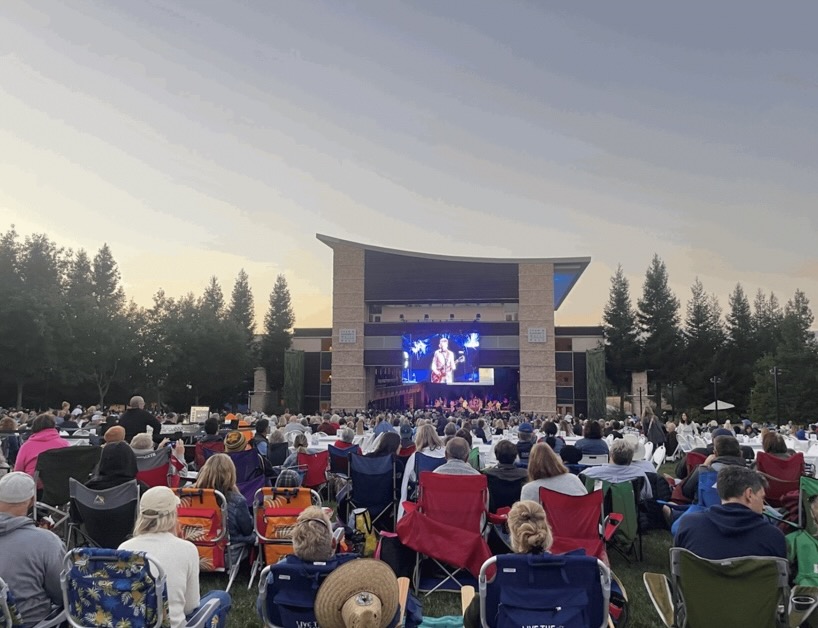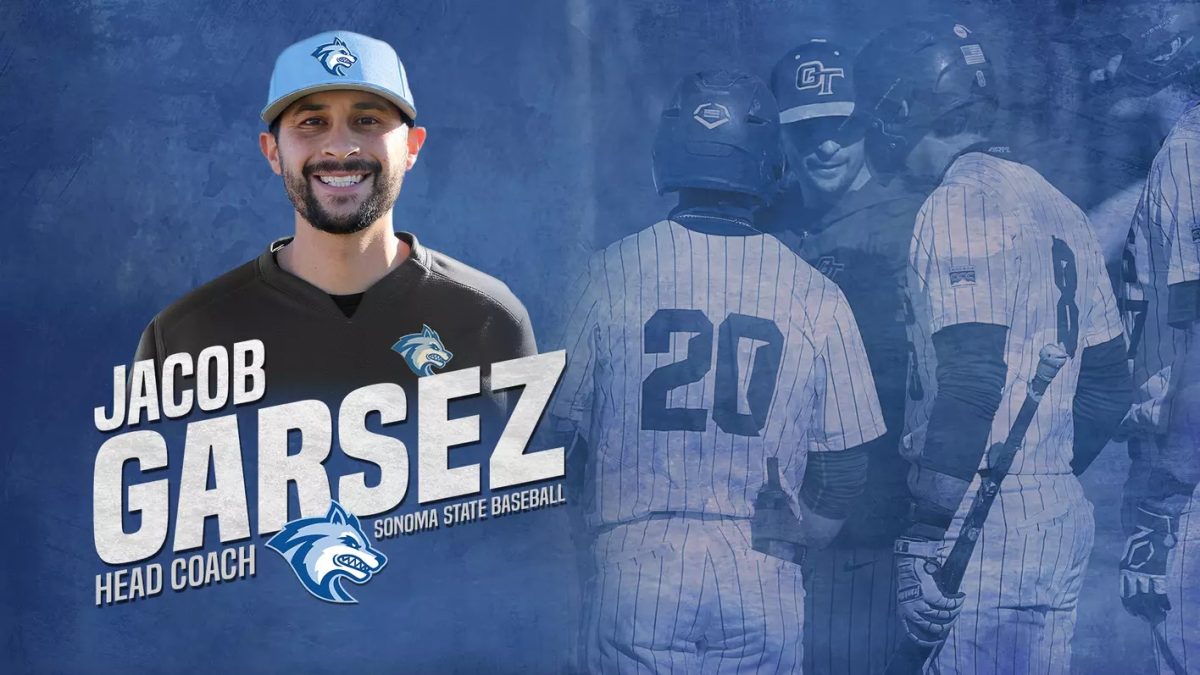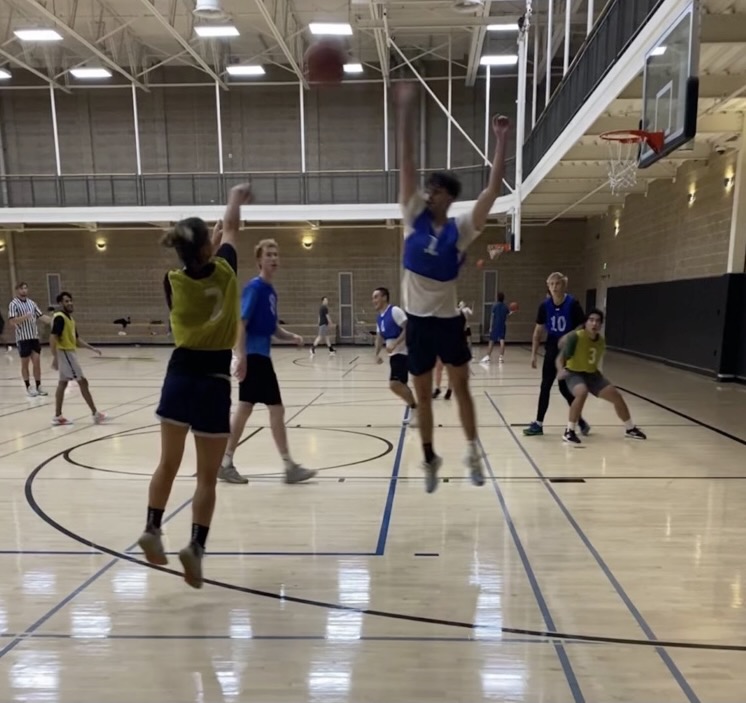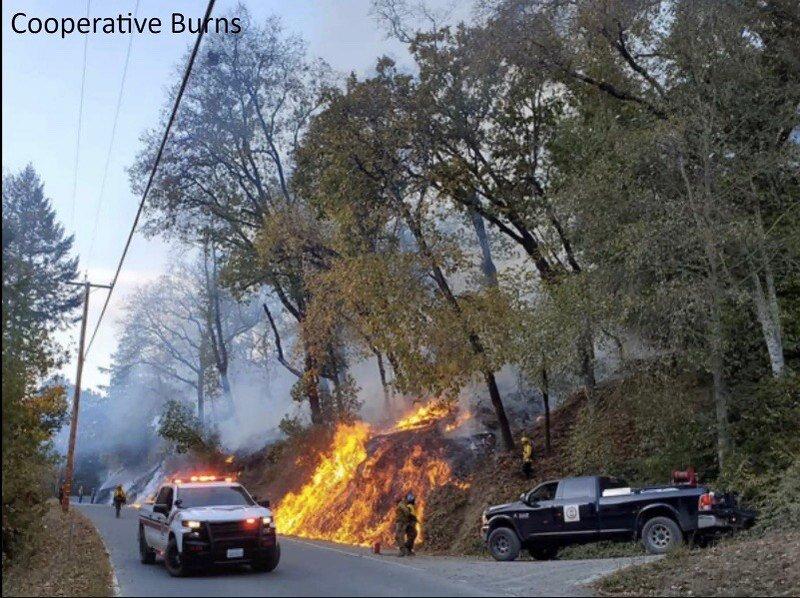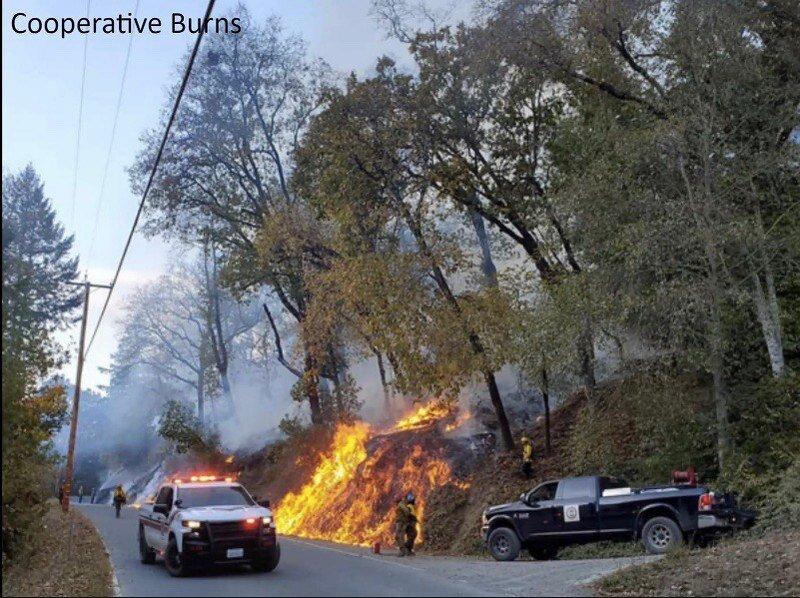At first glance, fire can be destructive, but to Elizabeth Azzuz and the Cultural Fire Management Council (CFMC), it is restorative and can help with healing our land. On March 17, the Native American Studies Department at Sonoma State held a lecture titled “Yurok And Karuk Tribes Return Good Fire To The Land,” which is part of the Fire on the Land and in Our Lives lecture series. Dr. Erica Tom, the Director of Native American Studies at Sonoma State, hosted the lecture with Amal Munayer, an advisor for the Equal Opportunity program. They both opened the floor for Elizabeth Azzuz who talked about cultural burning and its importance to her and her people. There were more than 60 people attending the lecture and avidly listening and learning about cultural burning, a Native American practice of land restoration with the use of fire.
Elizabeth Azzuz is part of the Yurok tribe and is also on the board of directors at the Cultural Fire Management Council. Their mission, based on their website, “is to facilitate the practice of cultural burning on the Yurok Reservation and Ancestral lands, which will lead to a healthier ecosystem for all plants and animals, long term fire protection for residents, and provide a platform that will in turn support the traditional hunting and gathering activities of Yurok.”
Azzuz talked about fire in a way that most people in California tend to shy away from. She said that “there’s more to fire than just what it’s capable of” and began talking about the benefits of fire to the land. She discussed that before they begin a cultural burn, they “ask permission from the land” before entering and bringing fire to the land. Azzuz has a beautiful outlook on cultural burning, and stressed the importance of equal respect between the land and the people.Azzuz also talked about how important fire was to her people and how it heals the land and the environment. She educated listeners by talking about how the cultural burns bring back native plant species and animals and restores their food sources. Azzuz also talked about how the charcoal from the fire also purifies water as well as the land. Water sources are just as important as the land in providing food because salmon is one of their main food sources.
During the lecture, a lot of questions came up from the people attending about how children in the tribe come to learn about the importance of cultural burning. Azzuz responded by talking about how they are educated through stories, ceremonies, and through the teachings of their parents individually. She also discussed what family burns are and even showed a picture of one of her relatives burning land around his home, along with family members of all ages. She also talked about a recent cultural burn that was part of restoring a prairie and having the elk population restored.
At the end of the lecture, Elizabeth Azzuz held a Q&A session and began addressing more of the questions that came up during the lecture. One of the questions was, “Do non-Native people ever show concern and worry over the controlled burning?” and she responded by saying that she works hand in hand with the air quality department and the most backlash from the locals is that they want to know when it will be done. Azzuz also mentioned that people have asked them to come help clear their land and has traveled to help teach people about burning. She said that she wants to help restore everyone’s land and not just their own.
Fire is a very important part of Elizabeth Azzuz’s and Native American culture, and can be used effectively as a land management tool. This lecture was a great way to close out the Fire on the Land and in Our Lives lecture series, as well as an educational tool for all Sonoma State students, and guests alike.
STAR // Sondra Ottenstein
The Cultural Fire Management Council shows viewers how cooperative burns are used for land management.

